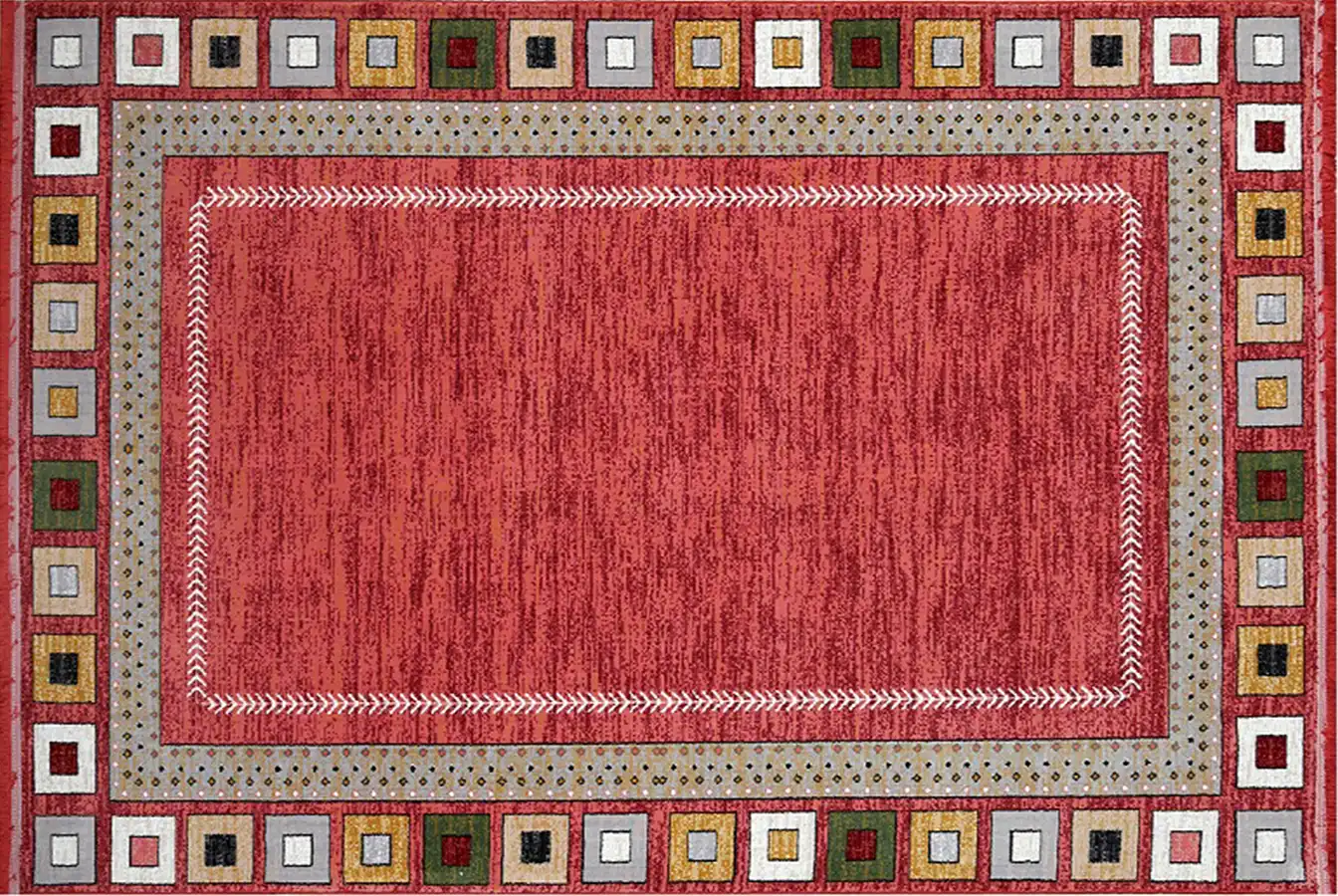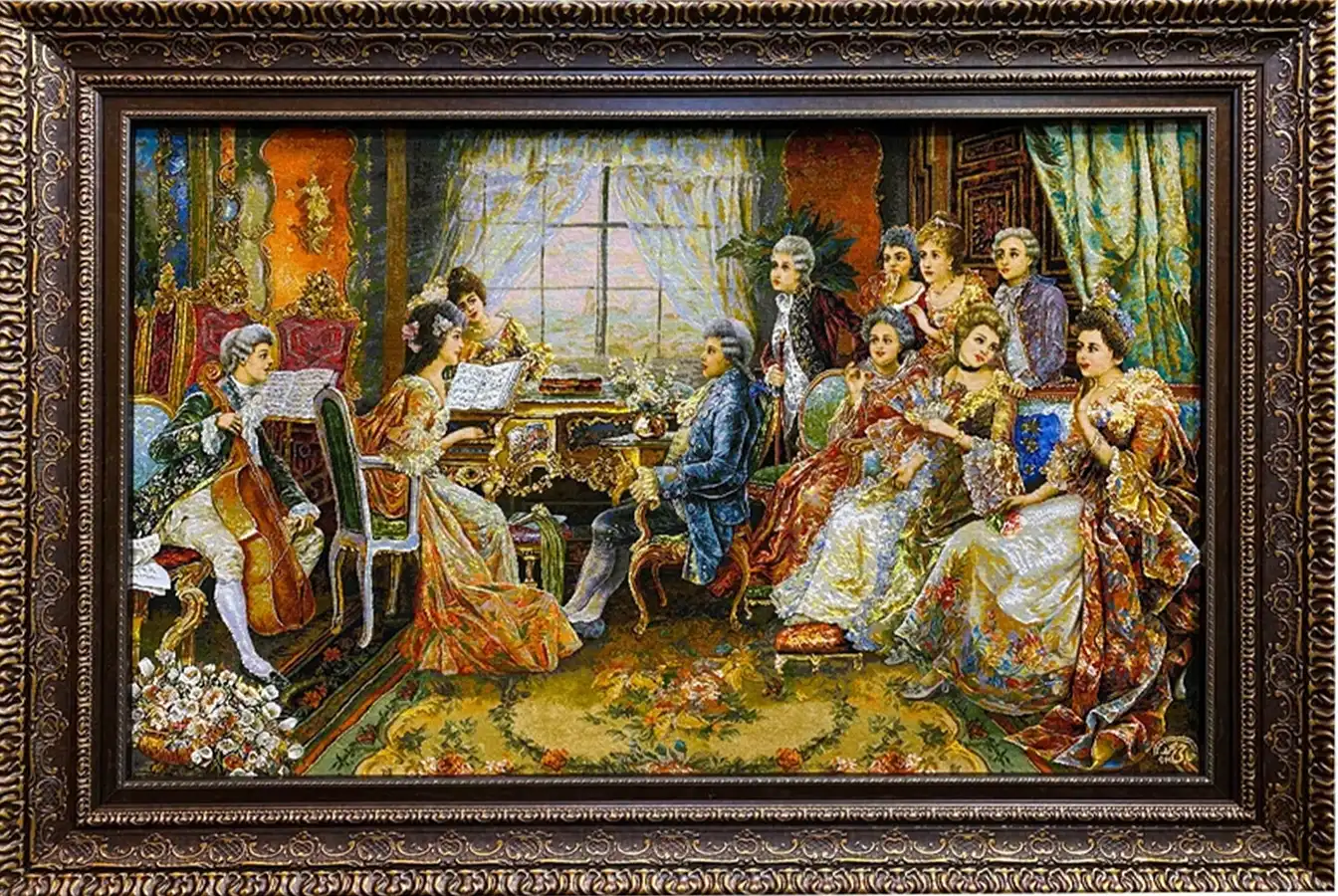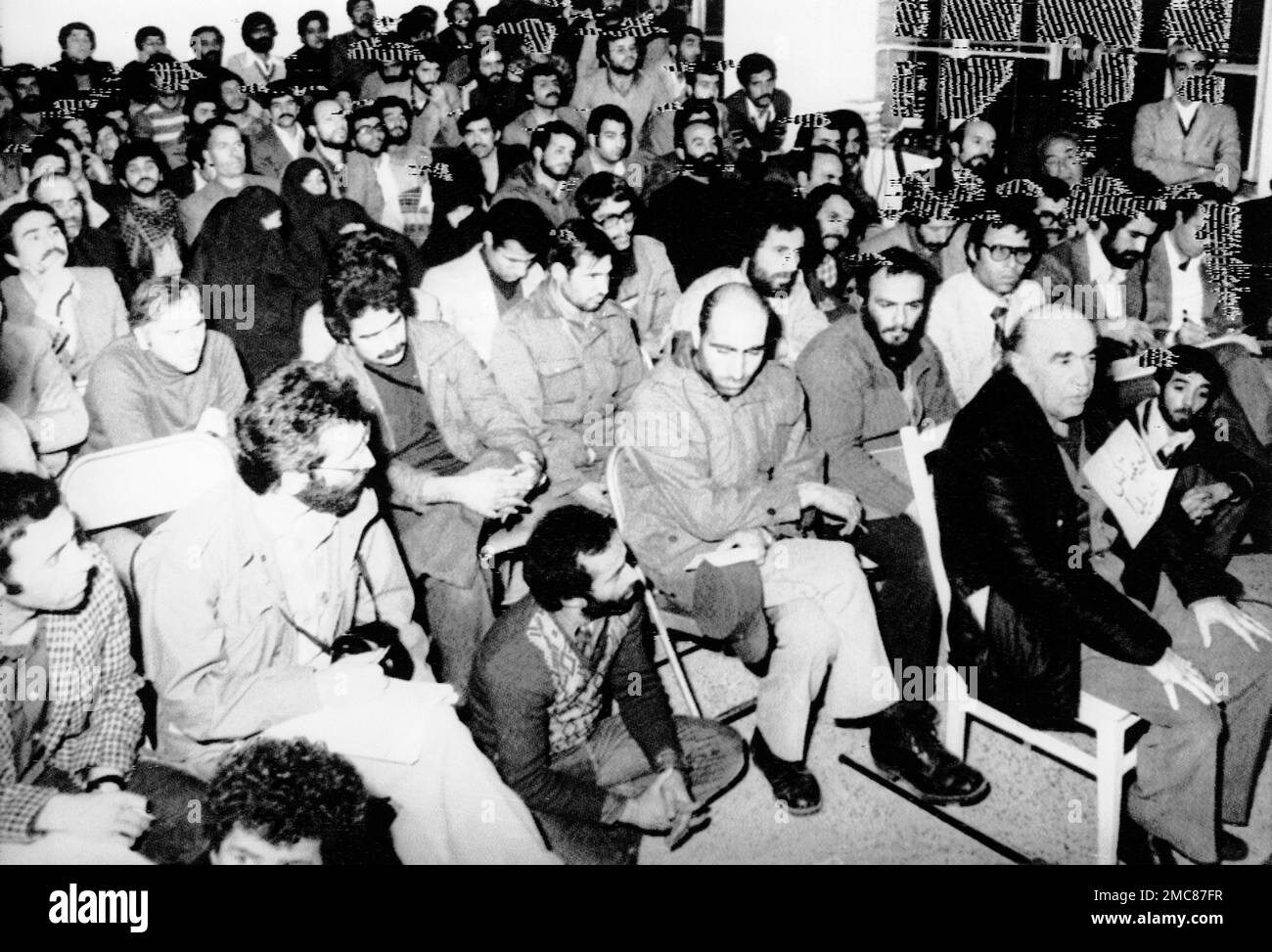Amir Abbas Hoveyda: Iran's Longest-Serving Prime Minister
In the annals of Iranian history, few figures loom as large and as complex as Amīr ʿAbbās Hoveyda. His name is synonymous with an era of profound change and ultimately, revolution. As the longest-serving prime minister in Iran's history under Shah Mohammad Reza Pahlavi, Hoveyda navigated a period of rapid modernization, economic growth, and simmering political discontent. His life, from his cosmopolitan upbringing to his dramatic downfall and execution, offers a poignant lens through which to understand the forces that shaped modern Iran.
This article delves into the remarkable journey of Hoveyda Iran, exploring his formative years, his ascent to power, the key policies and challenges of his premiership, and the tragic circumstances of his end. We will examine how his persona, often associated with the orchid in his lapel and the pipe he ostentatiously smoked, became a familiar, if sometimes caricatured, image in the public consciousness, even as he wielded immense power behind the scenes.
Table of Contents
1. Biography: Amīr ʿAbbās Hoveyda
Amīr ʿAbbās Hoveyda was a pivotal figure in modern Iranian history, serving as Prime Minister for an unprecedented duration. His political career spanned decades, culminating in a premiership that lasted over twelve years, a record in Iran's modern political landscape. Born into a family with a unique blend of cultural influences, his life mirrored the complex transformations Iran underwent in the 20th century.
| Detail | Information |
|---|---|
| Full Name | Amīr ʿAbbās Hoveyda (امیر عباس هویدا) |
| Born | February 18, 1919 (28 Bahman 1297 Š.) in Tehran, Iran |
| Died | April 7, 1979 (18 Farvardin 1359 Š.) in Tehran, Iran |
| Nationality | Iranian |
| Occupation | Politician, Diplomat |
| Key Role | Prime Minister of Iran (January 1965 – August 1977) |
| Political Party | Iran Novin Party |
| Known For | Longest-serving Prime Minister, association with an orchid and a pipe |
2. Early Life and Cosmopolitan Roots
Amīr ʿAbbās Hoveyda was born in Tehran on February 18, 1919, into a family described as having "hybrid affinities and identity." This cosmopolitan background was a defining feature of his early life. His father's diplomatic career meant that the Hoveyda family was never fixed in one residence for any prolonged length of time, exposing young Amir Abbas to diverse cultures and languages from an early age. Notably, his father became Iran's first General Consulate in Beirut, Lebanon, a posting that significantly shaped Hoveyda's formative years.
It was in Beirut that Amir Abbas Hoveyda attended high school, gaining an international perspective that would serve him throughout his career. This early exposure to different societies and educational systems laid the groundwork for his later diplomatic and political endeavors. The fluidity of his upbringing, moving between various locales, instilled in him a unique adaptability and an understanding of global affairs that distinguished him from many of his contemporaries in Iranian politics.
3. The Path to Power: Diplomacy and Oil
Hoveyda's formal education continued in Europe, where he earned a bachelor's degree in political science from Brussels. Upon his return to Iran in 1942, he embarked on a career in public service, initially joining the Ministry of Foreign Affairs. He would serve faithfully in that post for many years, diligently climbing the ranks of Iran's diplomatic corps. This period was crucial for his professional development, as he honed his negotiation skills and gained an intimate understanding of international relations, representing Iran on various global platforms.
However, Hoveyda's rise to power took a decisive turn when he joined the board of directors of the National Iranian Oil Company (NIOC) in 1958. This move was at the behest of his patron, Abdullah Entezam, who had by then assumed a high-ranking position at the company. This strategic shift from diplomacy to the vital oil sector provided Hoveyda with an unparalleled insight into Iran's most crucial economic engine and further expanded his network within the country's elite. His tenure at NIOC positioned him as a key player in Iran's economic modernization, setting the stage for his eventual ascension to the highest political office.
4. Ascension to Premiership: A Legacy Begins
Amir Abbas Hoveyda's path to the premiership was sudden and dramatic. He was appointed Prime Minister of Iran under Shah Mohammad Reza Pahlavi in January 1965, following the assassination of his predecessor, Hassan Ali Mansour, on January 21, 1965. The cabinet led by Prime Minister Amir Abbas Hoveyda was inaugurated on January 26, 1965, marking the beginning of an unprecedented era in Iranian politics. He stepped into a role fraught with challenges but also immense opportunities, inheriting the mantle of leadership at a critical juncture for the nation.
This appointment signaled the Shah's trust in Hoveyda's capabilities and his vision for Iran's future. Hoveyda would go on to hold the office for twelve and a half years, continuously from January 1965 to August 1977. This tenure made him the longest-serving prime minister in Iran's history, a testament to his political acumen, resilience, and the Shah's sustained confidence in his leadership. His lengthy term provided a period of relative political stability, allowing for the implementation of ambitious development programs.
4.1. The Iran Novin Party and Political Stability
Like its predecessor, the cabinet led by Hoveyda was primarily composed of members from the Iran Novin Party (New Iran Party). This party, established in 1963, was designed to be a modern, technocratic political organization aimed at implementing the Shah's reform agenda, particularly the White Revolution. Hoveyda's leadership of the government through the Iran Novin Party provided a framework for centralized governance and the systematic pursuit of modernization initiatives across various sectors, including education, infrastructure, and industrialization.
During his premiership, Iran experienced significant economic growth, largely fueled by oil revenues. Hoveyda oversaw the expansion of social services, the promotion of literacy, and the development of a more robust industrial base. His administration was characterized by a focus on technocratic efficiency and a commitment to the Shah's vision of transforming Iran into a modern, prosperous nation. This period of stability and development, however, also saw the gradual erosion of political freedoms and the suppression of dissent, laying the groundwork for future unrest.
5. Hoveyda's Premiership and Public Perception
Despite his long tenure and significant role in governance, Amir Abbas Hoveyda was not initially a widely recognized figure among the general Iranian population. He was largely unknown before the popular political satire magazine, Towfigh, began to parody him. Hoveyda quickly became a household name in Iran thanks to his celebrated caricature in Towfigh, which was Iran's most popular political satire magazine. These caricatures, often humorous and sharp, made his image and persona familiar to millions, turning him into a recognizable public figure.
This paradoxical rise to public familiarity through satire highlights the complex relationship between the government and the populace during his time. While the Shah's regime maintained strict control over political expression, Towfigh's ability to satirize the Prime Minister suggests a certain degree of indirect public engagement with the political leadership, even if through a critical lens. The caricatures, while making him known, also subtly shaped public perception, sometimes reinforcing an image of a detached or eccentric leader.
5.1. The Orchid, the Pipe, and the Caricature
Hoveyda's character was famously associated with two distinct personal habits: the orchid he wore in his lapel and the pipe he ostentatiously smoked. These became his personal trademarks, instantly recognizable symbols that Towfigh magazine frequently incorporated into its caricatures. The orchid, a delicate and exotic flower, perhaps symbolized a certain refinement or an almost aristocratic detachment. The pipe, often seen as a contemplative accessory, might have suggested a thoughtful, perhaps even intellectual, demeanor.
These distinctive traits, amplified by the popular media, contributed to his unique public persona. They made him memorable and provided a visual shorthand for his image, even for those who knew little about his policies or political actions. In a political landscape where leaders often projected an image of stern authority, Hoveyda's quirks made him stand out, contributing to his enduring, if sometimes superficial, recognition among the masses. This public image, crafted partly by himself and partly by the media, became an integral part of the narrative of Hoveyda Iran.
6. Challenges and Cabinet Reshuffles
Despite his long tenure, Hoveyda's premiership was not without its challenges. Towards the latter part of his term, particularly in the mid-1970s, Iran faced growing internal dissent, economic pressures, and increasing criticism of the Shah's authoritarian rule. The rapid modernization programs, while bringing progress, also created social dislocations and widened the gap between the rich and poor, fueling popular grievances. The Shah's increasing centralization of power and the suppression of political opposition contributed to a climate of discontent that would eventually boil over.
In an attempt to address some of these mounting pressures and perhaps to infuse new energy into the government, Hoveyda reshuffled his cabinet on November 8, 1976, replacing all of his ministers. This significant overhaul was a clear indication of the growing need for change and a response to the evolving political climate. However, such changes proved insufficient to quell the rising tide of revolutionary fervor that was beginning to sweep across Iran. Despite his efforts, the fundamental issues that plagued the Shah's regime continued to fester, ultimately leading to its downfall.
6.1. The End of an Era
Amir Abbas Hoveyda's long and continuous service as Prime Minister came to an end in August 1977. His departure from the premiership marked the beginning of the end of the Pahlavi dynasty's rule. The Shah, facing escalating protests and international pressure, sought to implement reforms and appease the populace, which included replacing long-serving figures like Hoveyda. While Hoveyda continued to serve in other capacities, such as Minister of Court, his direct influence over the day-to-day governance of Iran diminished significantly.
The political landscape was rapidly shifting, and the forces of revolution were gathering momentum. The Shah's attempts at liberalization were too little, too late, and the revolutionary movement, spearheaded by Ayatollah Ruhollah Khomeini, gained unstoppable traction. Hoveyda, a symbol of the old regime and its policies, found himself increasingly isolated and vulnerable as the revolution swept away the foundations of the state he had served for so long. His fate, intertwined with that of the monarchy, was sealed by the unfolding events of 1978 and early 1979.
7. Arrest, Trial, and Execution
As the Islamic Revolution triumphed in early 1979, many figures associated with the Shah's regime were arrested. Amir Abbas Hoveyda was among them. He was taken into custody and subjected to a secret trial by the Islamic Revolutionary Court, presided over by the notorious "hanging judge," Sadegh Khalkhali. The trial was swift and lacked due process, characteristic of the revolutionary tribunals of the time. Hoveyda heard the court's indictment at three in the afternoon, signaling the rapid and predetermined nature of the proceedings.
Despite many appeals from abroad by international human rights organizations and political figures, his fate was sealed. Former Iranian Prime Minister Amir Abbas Hoveyda was executed by firing squad at Qasr Prison, Tehran, on April 7, 1979. Ebrahim Yazdi, a prominent figure in the revolutionary government, later referred to a mullah executioner but refused to name him, adding another layer of mystery to the already controversial events surrounding Hoveyda's death. The execution of such a prominent figure sent a clear message about the revolutionary government's intent to dismantle the old order entirely.
The atmosphere surrounding these events was one of profound upheaval and often, stark brutality. A poignant reflection from that time captures the chilling shift: "But why did I not let my joy explode, as did all my companions that night, Was it because I saw the face of defeat, That of General Rahimi's, the commander of martial law in Tehran. Two years ago, I had photographed him in his full imperial regalia, with medals upon his uniform. Later, I photograph him naked to the waist, in a box at the Tehran morgue." This stark contrast illustrates the brutal reality of the revolution's immediate aftermath, where symbols of imperial power were swiftly and violently brought low, reflecting the complete overthrow of the old system and its figures, including Hoveyda Iran.
7.1. The Revolutionary Tribunal
The trial of Amir Abbas Hoveyda by Khalkhali's tribunal was a highly controversial event, widely criticized internationally for its lack of transparency, legal representation, and adherence to international legal standards. The charges against him were broad, ranging from corruption to "spreading corruption on earth," a common charge used by the revolutionary courts against former regime officials. Hoveyda, despite the circumstances, reportedly defended himself with dignity, attempting to explain his actions and the context of his service to Iran.
His execution symbolized the revolutionary government's determination to break definitively with the past and punish those seen as complicit in the Shah's regime. For many revolutionaries, Hoveyda represented the excesses and perceived injustices of the Pahlavi era. His death, therefore, was not just the end of a political career but a symbolic act in the larger narrative of the Iranian Revolution, cementing the new order's break from the old. The swiftness and severity of his judgment underscored the revolutionary zeal that swept through Iran in 1979.
8. Legacy and Historical Context
Amir Abbas Hoveyda's legacy remains a subject of debate among historians and Iranians. On one hand, his premiership oversaw a period of unprecedented economic growth, modernization, and the implementation of significant social reforms under the White Revolution. He was a key architect in shaping the administrative and economic policies that propelled Iran onto the world stage as a rapidly developing nation. His dedication to public service, evidenced by his long tenure, is undeniable.
On the other hand, his long service also tied him inextricably to the Shah's increasingly authoritarian rule, which suppressed dissent and concentrated power. Critics argue that his administration, despite its technocratic efficiency, failed to address the deep-seated social inequalities and political grievances that ultimately led to the revolution. His execution, therefore, is seen by some as a tragic but perhaps inevitable outcome for a figure so deeply embedded in a system that was violently overthrown. The story of Hoveyda Iran is a microcosm of the larger narrative of Iran's 20th-century struggles with modernization, identity, and political freedom.
His life and death serve as a powerful reminder of the profound consequences of political upheaval and the complex moral dilemmas faced by individuals caught in the crosscurrents of history. Hoveyda's tenure as the longest-serving prime minister stands as a unique chapter, embodying both the ambitions and the ultimate failures of the Pahlavi era, and continues to provoke reflection on the trajectory of modern Iran.
We hope this detailed exploration of Amir Abbas Hoveyda's life and career has provided valuable insights into a pivotal figure in Iranian history. What are your thoughts on his legacy? Share your perspectives in the comments below, or explore other articles on our site to delve deeper into the rich tapestry of Iran

Hoveida Carpet

Hoveida Carpet

Amir Abbas Hoveida, dark jacket, right, former prime minister of Iran